How to Effectively Use Chemical Flocculant for Improved Water Treatment
Table of Contents
- Understanding the Role of Chemical Flocculants in Water Treatment Processes
- Identifying the Right Type of Flocculant for Your Water Quality Needs
- Step-by-Step Guide to Preparing and Adding Flocculants to Your System
- Monitoring and Evaluating the Effectiveness of Flocculation Treatments
- Common Mistakes to Avoid When Using Chemical Flocculants in Water Treatment
- Best Practices for Safe Handling and Usage of Chemical Flocculants
- FAQS
- Conclusion
- Related Posts
You know, in today's world, making sure our water is properly treated isn’t just about protecting the environment — it’s also really important for keeping communities safe and healthy. Chemical flocculants, those handy substances that help clean water, are pretty much essential in improving how we purify water. They work by helping tiny particles clump together, which makes the water look clearer and safer to use. When it comes to suppliers, QINGDAO OUBO CHEMICAL CO., LTD really stands out. They've been around since 2011, offering top-quality cationic, anionic, and nonionic polyacrylamide — kind of their specialty. As more industries and wastewater treatment plants start looking for alternatives to old-school methods, understanding how chemical flocculants work and their benefits becomes super important to get better results. In this blog, I’ll walk you through some effective ways to use these chemicals in water treatment, sharing why they matter so much and showcasing the innovative solutions that QINGDAO OUBO CHEMICAL offers.
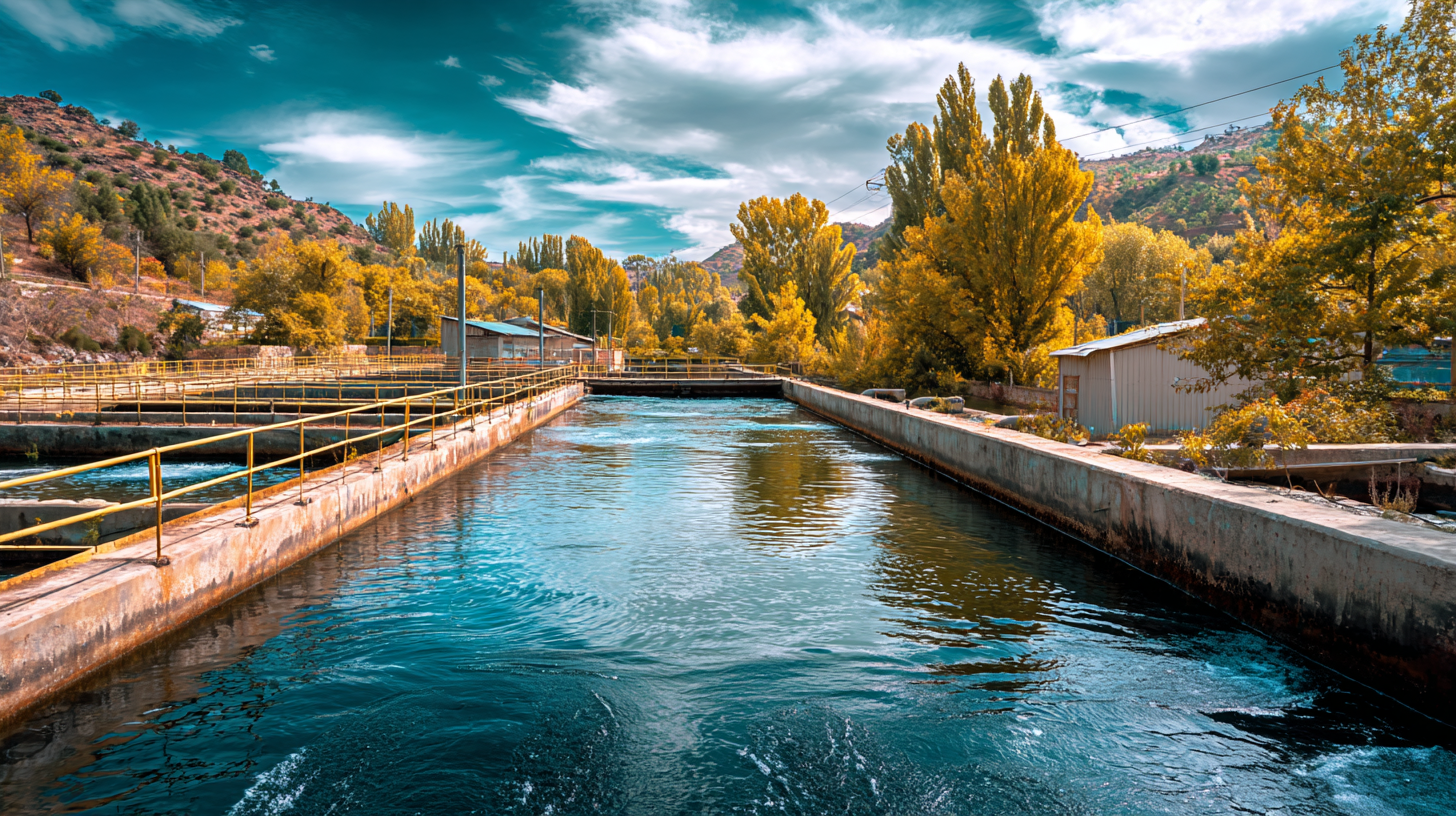
Understanding the Role of Chemical Flocculants in Water Treatment Processes
You know, chemical flocculants really play a vital part in water treatment processes. They’re especially key when it comes to making sure we get rid of contaminants in wastewater more effectively. People often use coagulation and flocculation techniques across a bunch of industries, like textiles or oily wastewater treatment. For example, studies show these methods can remove up to 95% of oils and other pollutants, which is pretty impressive. That kind of efficiency makes them a go-to solution for industries trying to meet tough environmental standards.
In the textile world, using flocculants—both anionic and cationic types—has really made a noticeable difference in how well wastewater gets cleaned up. When you look at effluent treatment plants (ETPs), those that optimize their flocculation steps tend to see better environmental results and cleaner water out at the end of the day. Plus, there are new techniques like the microscale flocculation test (MFT) that help fast-track the process of figuring out the best way to treat water. All this just goes to show how crucial chemical flocculants are when it comes to sustainable water management—you know, doing our part for the environment without too much hassle.

Identifying the Right Type of Flocculant for Your Water Quality Needs
Picking the right kind of chemical flocculant really makes a difference when you're trying to optimize water treatment. Basically, flocculants help clump together those tiny particles floating around in water, making it way easier to remove them—whether that's through settling out or filtering. But here’s the thing: how well they work can vary a lot depending on what kind of water you're dealing with. Things like pH levels, how cloudy the water is, and what kind of contaminants are in there really matter when you're choosing, you know, the right flocculant. For example, cationic flocculants tend to work better for waters with negative ionic properties, while anionic ones might be your go-to if you're dealing with organic stuff.
To figure out which flocculant suits your specific needs, start by analyzing a sample of your water. Take a good look at what impurities are there and how much of each you’re dealing with. Don’t be afraid to run some trials with different options—that’s pretty much the best way to see what actually works best for your situation. And, if you can, getting in touch with water treatment experts or suppliers can be super helpful—they often have the latest info and tips on new products and techniques, which can really help you make smarter choices. At the end of the day, it’s all about improving water clarity and quality, so taking the time to choose wisely is totally worth it.
Step-by-Step Guide to Preparing and Adding Flocculants to Your System
When you're looking to improve your water treatment process, using chemical flocculants the right way can really make a difference. I’ve put together a simple step-by-step guide to help you prepare and add flocculants properly, so you get the best results. First up, gather all the stuff you’ll need—like the flocculant chemicals, some safety gear (trust me on that!), and the right tools for mixing. It’s also super helpful to understand your water's current quality—things like pH and turbidity—because that info will guide you in choosing the right type and amount of flocculant.
Once you've got everything ready, start by slowly dissolving the chemical in water to make a concentrated solution. This step helps prevent clumping and makes sure it mixes evenly when you add it to your main system. Next, figure out where exactly to add it—usually, it’s best to introduce it either at the start of the treatment process or just before filtration.
Monitoring and Evaluating the Effectiveness of Flocculation Treatments
Keeping an eye on how well flocculation treatments are working is pretty much essential if you want to dial in your water treatment process. When flocculation is done right, it can really make a difference—removing those pesky suspended particles, lowering turbidity, and getting rid of contaminants. To figure out if your chemical flocculants are doing their job, water treatment folks usually stick to a kinda routine—taking regular samples, testing them, and analyzing the data. Things like turbidity levels, particle sizes, and how much flocculant is left in the water are key clues about how effective your treatment is.
One handy way to test this is by doing jar tests. Basically, you mix water with different amounts of flocculant and watch what happens—you can tweak the mix and see how quickly the particles settle and how clear the water gets. Plus, today’s technology lets us monitor water quality in real time, which is super helpful. Using these signals, you can fine-tune the amount of chemicals you're using, which not only makes the treatment more effective but also helps save some money on chemicals in the long run. All in all, keeping tabs on things and adjusting as you go makes your water treatment process run a lot smoother and better overall.
How to Effectively Use Chemical Flocculant for Improved Water Treatment - Monitoring and Evaluating the Effectiveness of Flocculation Treatments
| Parameter | Measurement Unit | Before Treatment | After Treatment | Variance (%) |
|---|---|---|---|---|
| Turbidity | NTU | 150 | 20 | -86.67 |
| Total Suspended Solids (TSS) | mg/L | 200 | 30 | -85.00 |
| pH Level | pH Units | 7.8 | 7.2 | -7.69 |
| Chemical Oxygen Demand (COD) | mg/L | 120 | 40 | -66.67 |
| Biochemical Oxygen Demand (BOD) | mg/L | 100 | 25 | -75.00 |
Common Mistakes to Avoid When Using Chemical Flocculants in Water Treatment
When you're working with chemical flocculants in water treatment, it's pretty important to avoid some common mistakes if you want things to go smoothly. One of the biggest blunders? Picking the right amount of flocculant. A lot of folks tend to toss in more than they should, just thinking more is better, but that’s not always the case. Without knowing exactly what your water needs, you might end up with not enough flocculant—leading to poor sedimentation—or too much, which creates super dense sludge that’s a pain to handle. Doing a simple jar test beforehand really helps figure out the perfect dosage for your specific setup.
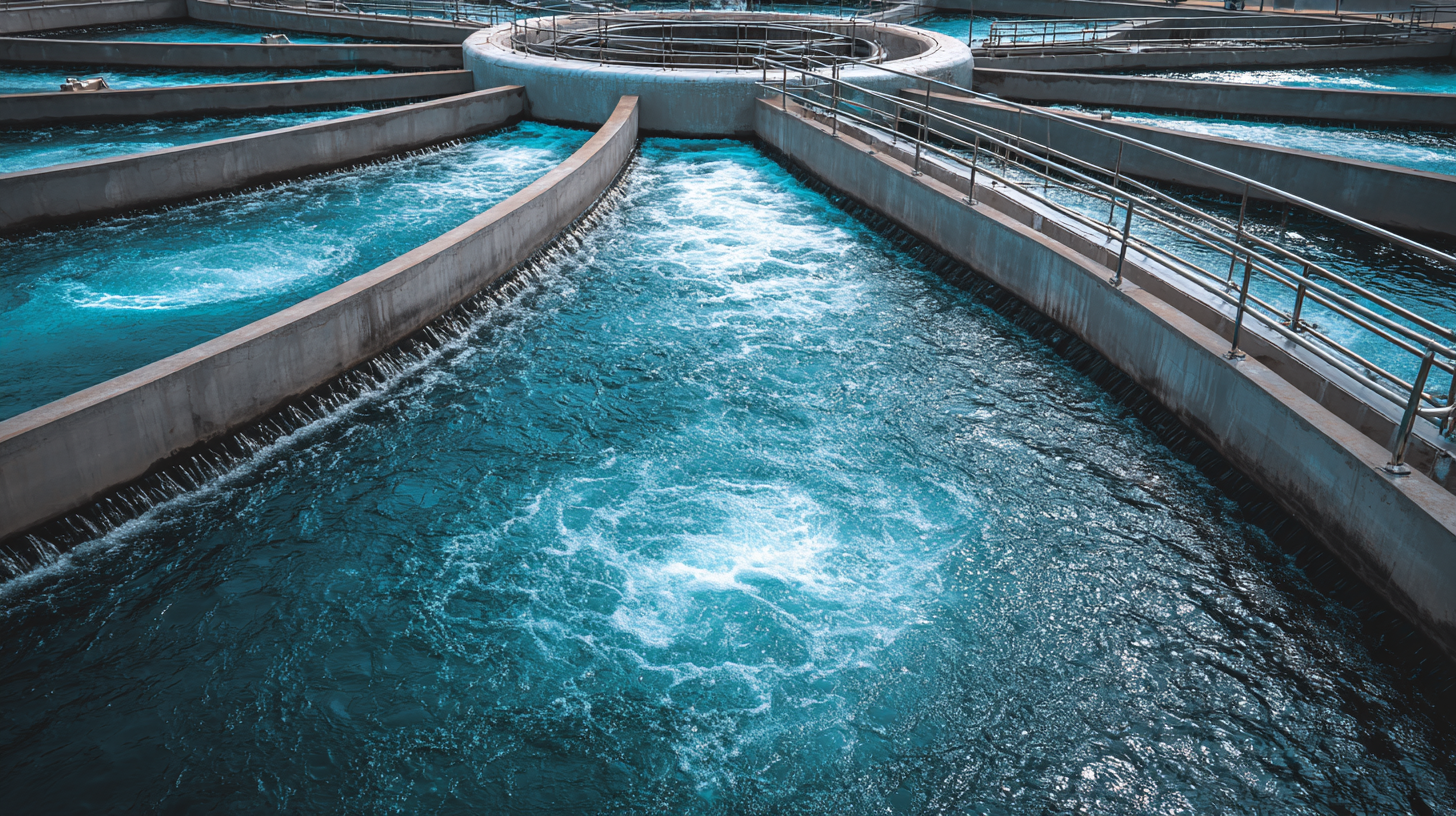
Also, don’t forget about the pH. A lot of operators overlook checking the water’s pH level before adding chemicals. The effectiveness of many flocculants, especially those based on aluminum or iron, can change a lot depending on the pH. If it’s out of the right range, the flocculation process might not work at all, which is a waste of time and effort.
It’s super important to test and adjust the pH to the right level before pouring in the chemicals. Stick to these tips, and you'll definitely see better results in your water treatment process.
Best Practices for Safe Handling and Usage of Chemical Flocculants
When you're working with chemical flocculants for water treatment, it's super important to keep safety and effectiveness in mind. Always gear up with the right protective gear—think gloves and goggles—because it really helps cut down your exposure to potentially hazardous chemicals. Recent studies have shown that managing sludge properly in water treatment plants can make a big difference in the quality of drinking water. So, using flocculants correctly isn't just a formality; it actually boosts their benefits!
Also, make sure to follow the manufacturer’s recommendations for how much to use and how to apply it. Overdoing it can cause environmental issues—synthetic flocculants, if not managed well, can pollute. Lately, there’s been some exciting research into natural alternatives, like fungal bioflocculants, which could lead to more eco-friendly wastewater treatment options.
**A couple of tips to keep in mind:**
1. Always do a small test first—sort of a trial run—before applying everything on a larger scale. It helps you spot issues early and tweak the dose if needed.
2. Regular training for your team is a good idea. It keeps everyone up-to-date on best practices and safe handling of chemicals.
By following these tips, you’ll not only make the treatment process more efficient but also help reduce health risks and environmental impacts tied to chemical flocculants. Just a little care goes a long way!
FAQS
: Chemical flocculants enhance the removal efficiency of contaminants from wastewater, achieving high removal rates, such as up to 95% for oily wastewater.
Anionic and cationic flocculants significantly improve the treatment of effluent in the textile industry, leading to enhanced environmental remediation and better water quality outcomes.
When choosing a flocculant, factors such as pH level, turbidity, and the nature of contaminants present in the water should be considered to optimize treatment effectiveness.
Analyzing the water sample for impurities and their concentration, along with conducting experimental trials with different flocculants, can help identify the most effective option.
Regular sampling, testing for turbidity levels, and particle size distribution, along with jar tests that simulate flocculation processes, are essential for monitoring effectiveness.
Online monitoring technologies provide real-time data on water quality parameters, helping optimize flocculant usage and improving overall treatment performance.
Regular evaluation ensures effective treatment by removing suspended particles and contaminants, and it allows for adjustments in flocculant usage based on observed performance.
Consulting specialists can provide insights into the latest advancements in flocculant technology and application methods, aiding in the selection of the most effective treatments.
Implementing a feedback loop helps to inform adjustments in flocculant usage based on monitoring results, leading to improved efficiency and reduced chemical costs.
Techniques such as the microscale flocculation test (MFT) allow for high-throughput optimization of separation performance in water treatment processes.
Conclusion
Chemical flocculants are pretty vital when it comes to improving water treatment—they help remove those pesky suspended solids and impurities that make water look dirty. In our blog titled "How to Effectively Use Chemical Flocculant for Better Water Treatment," we dive into why picking the right kind of flocculant really matters, especially since different water sources have different needs. We've put together a simple, step-by-step guide that walks you through how to prepare and apply these chemicals so you can get the best results without hassle. Plus, we talk about why it’s important to keep an eye on how well the treatment is working, and we point out some common mistakes to steer clear of—trust us, it can make all the difference!
By the way, as a top supplier of cationic, anionic, and nonionic polyacrylamide, Qingdao Oubo Chemical Co., Ltd. has been dedicated to offering high-quality chemical flocculants since 2011. Our experience helps us guide clients in using these chemicals safely and effectively across various water treatment setups—because at the end of the day, it’s all about getting clean water without the fuss.
Related Posts
-

Choosing the Right Manufacturer for Best High Molecular Weight Anionic Polyacrylamide with Industry Insights
-
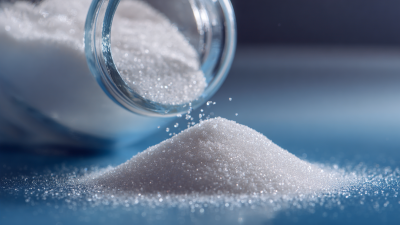
Essential Criteria for Selecting Quality Manufacturers of Best Water Treatment Polyacrylamide
-
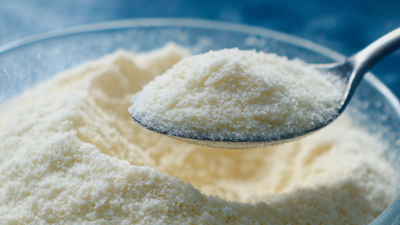
Unlocking the Advantages of Polyacrylamide Complex: A Game Changer for Industry Efficiency
-

10 Reasons Why High Impact Polymer is the Future of Durable Materials
-

Market Trends and Forecast for Best Polyacrylamide Emulsion by 2025
-
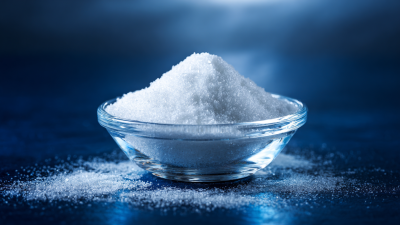
Unlocking the Future of Water Treatment with Best Flocculant Anionic Nonionic Polyacrylamide Trends for 2025
Blog Tags:

Liam
-

Phone
-

E-mail
-

Whatsapp
-

WeChat
Jessy Lin
Paul Zhou:8613356391894 Eric Wong:8615963245439Emily Wu:8617866856171
-

WeChat
Paul Zhou

-

WeChat
Eric Wong

-

WeChat
Emily Wu








